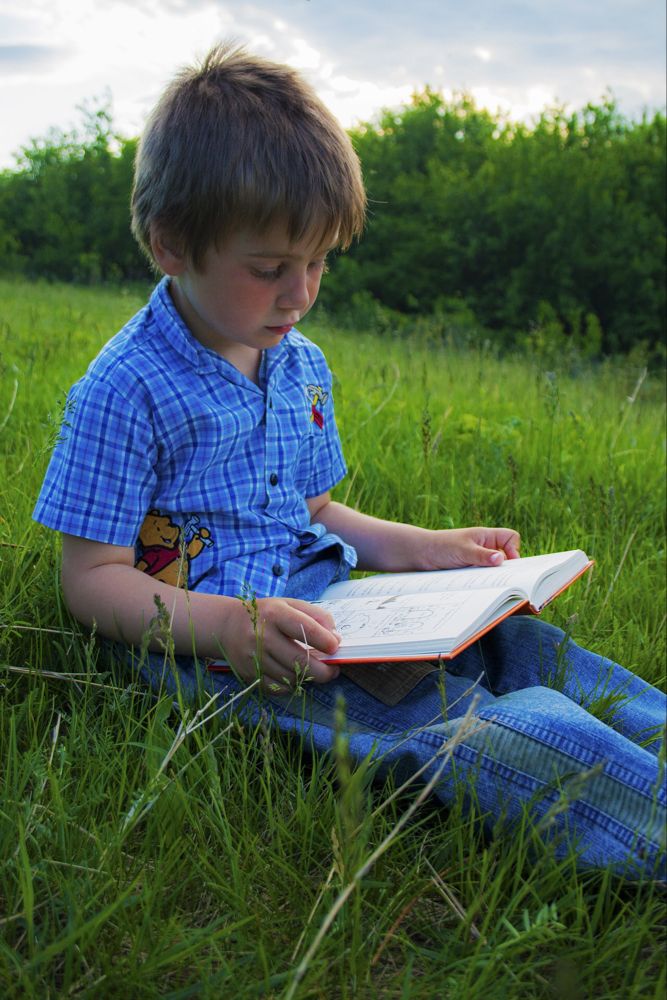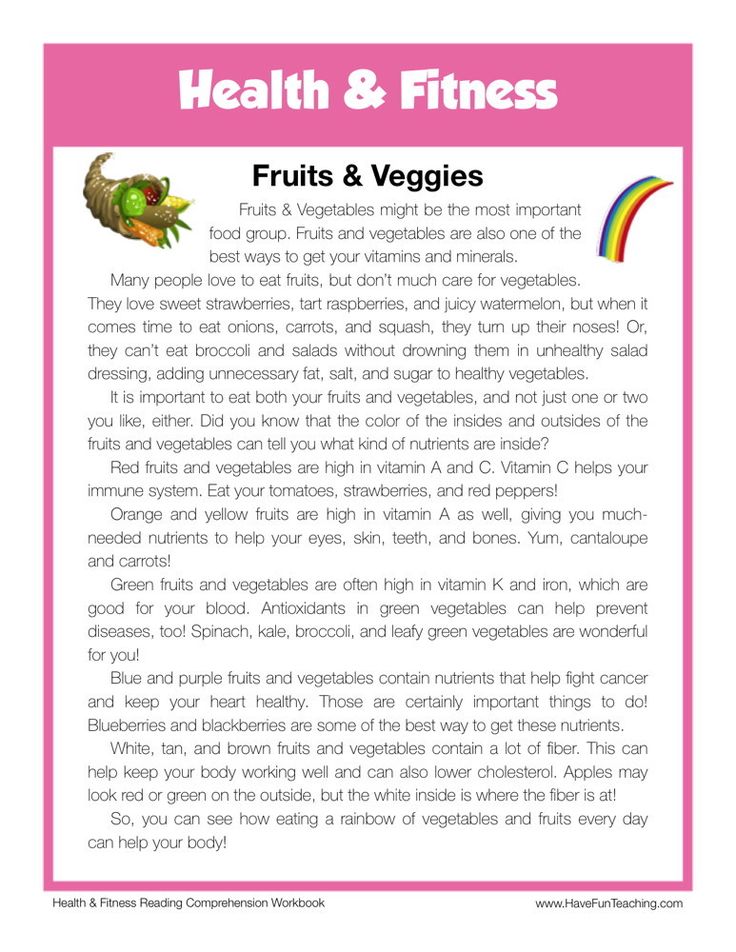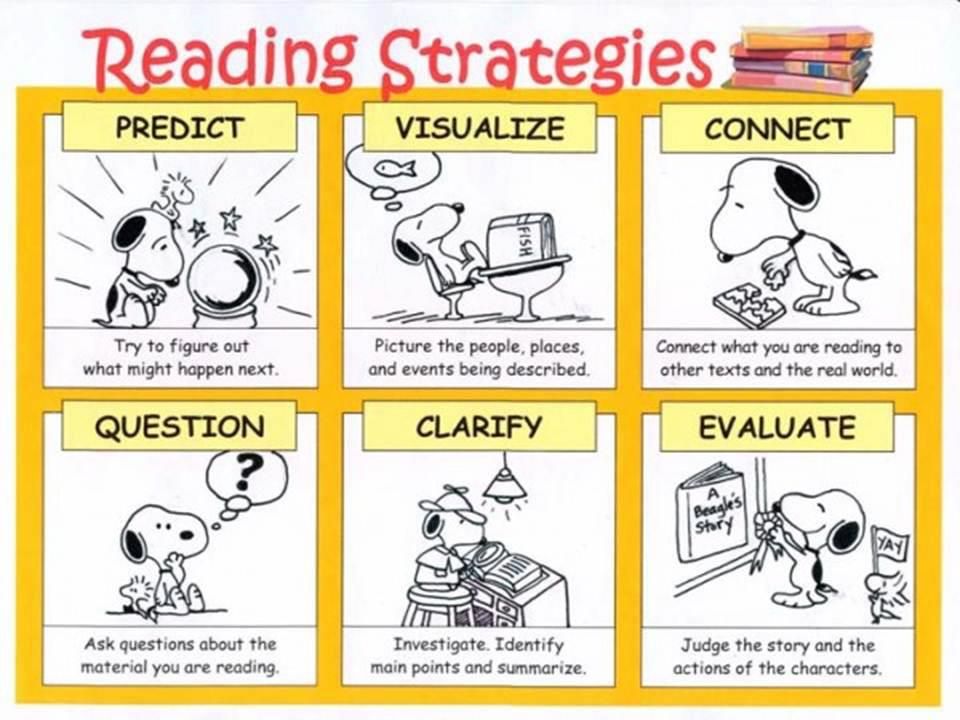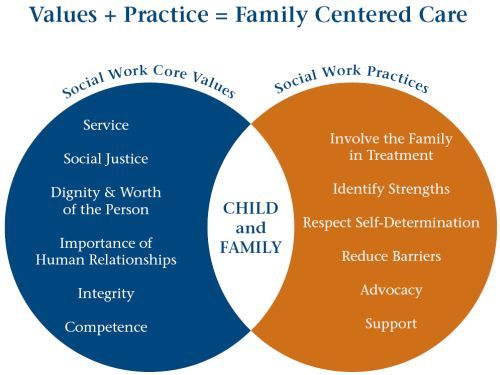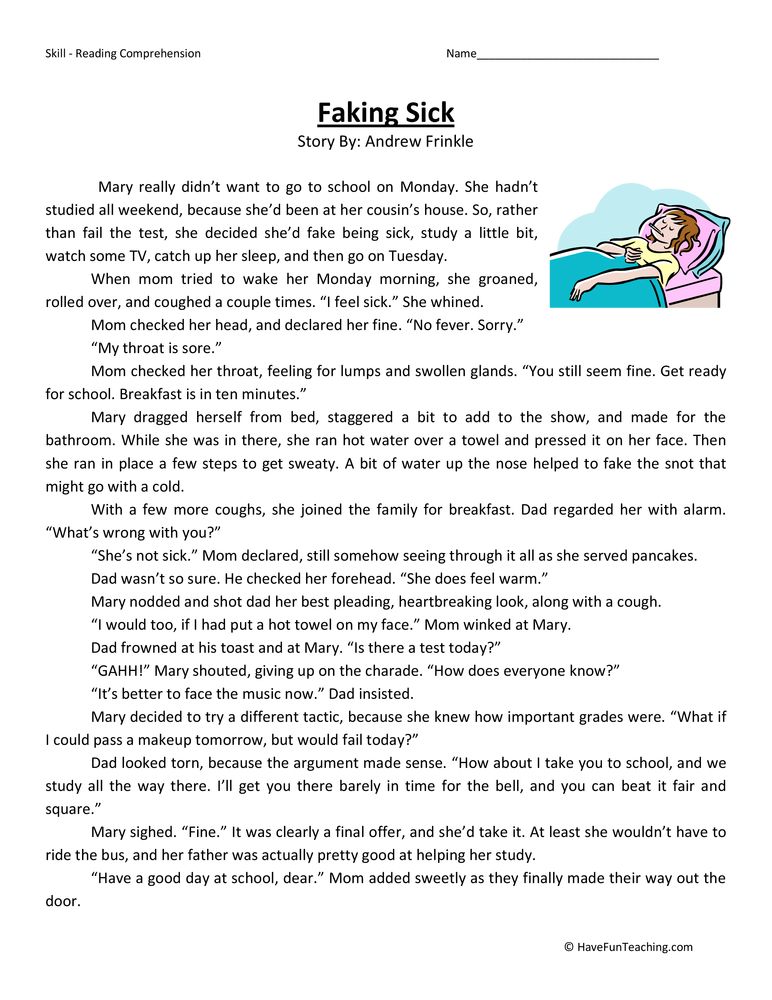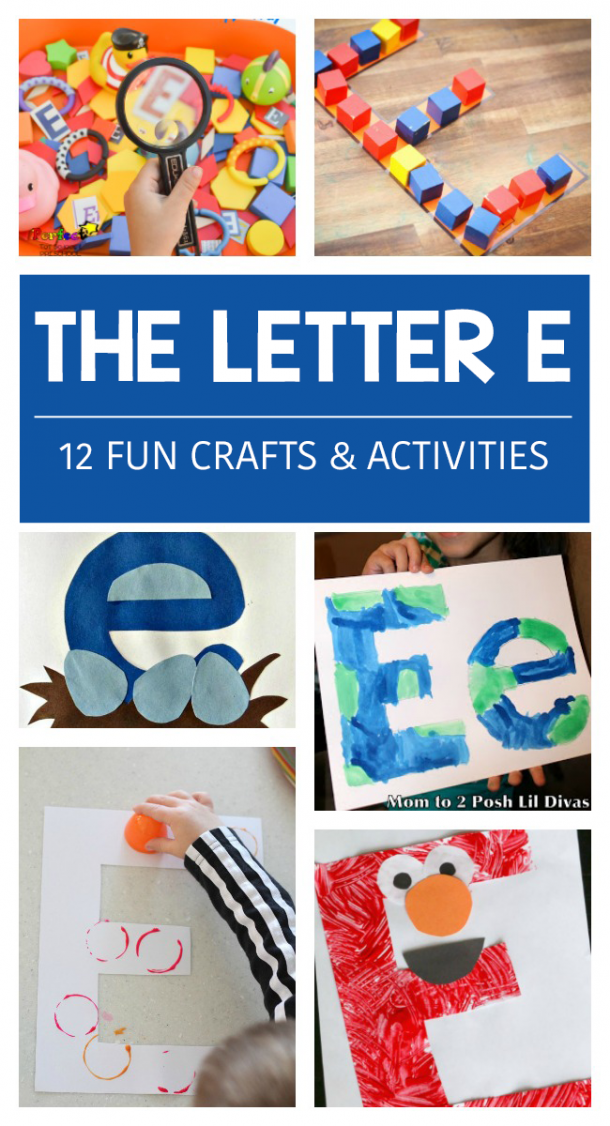What age should a child read fluently
Easy Ways To Help My Child Read More Fluently
As parents, we are always wondering how to help my child read more fluently. Luckily, there are some easy strategies to use at home that help them enjoy reading and be motivated in reading for fun.
Reading fluency is an important skill that helps your child to improve their other reading skills such as reading comprehension. Mastering fluency can help your child to understand what they are reading better.
What is fluency?
Fluency is being able to read “smoothly”. Essentially, your child should not be pausing at too many words while trying to read through. Fluency relies on these factors:
- Accuracy – Accuracy refers to how well your child can instantly recognize words. This is the first step in fluency because it involves actually decoding letters and recognizing words such as sight words.
- Speed – When we are talking about speed in reading fluency, we are talking about how quickly your child can recognize words in a text.
Speed by itself does not make a good reader. A fast reader might not necessarily understand what they are reading.
- Expression (or prosody) – This is how well your child adds pitch, tone, and volume appropriately when they read aloud. Usually, expression comes as a result of reading comprehension. The better they understand a text the more comfortable they become reading and they are able to add more expression.
When should a child read fluently?
The rate of when children are able to read fluently does vary. On average, most kids are able to read independently and fluently by the end of third grade, which is around when they are 9-10 years old. Children at this age are able to read simple sentences and storybooks.
By age 11-13, your child should begin to use reading as a learning tool. Most of their learning will come from reading. And reading will be mostly for schoolwork such as textbooks. So, if they are struggling with reading at this age, they are more likely to struggle with other subjects as well.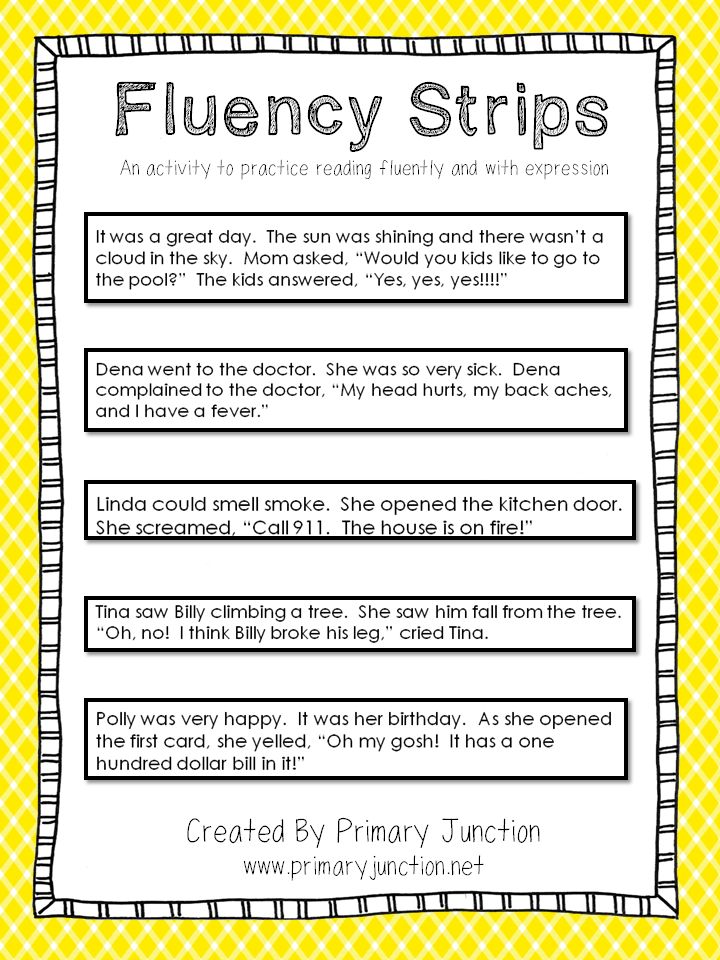 This is because their reading comprehension might be low and thus they are not able to understand what they are reading.
This is because their reading comprehension might be low and thus they are not able to understand what they are reading.
What to do when your kids do not read fluently?
If you find that your child is struggling with reading, the sooner you can get them help the better. Most children that get reading intervention help early on end up reading at their appropriate level later. Here are some things you can do at home to help your child read more fluently:
- Build sight words vocabulary– The first step in helping your child with improving their accuracy is to build their vocabulary with sight words. Sight words are the most commonly used words in a language such as “the”, “he”, “she”, or “run”. The more sight words your child knows the easier it will be for them to recognize them in a text.
- Echo read – Echo reading is a great way for you to model good reading for your child. When the two of you are reading a book together, read one sentence then have them read that same sentence.
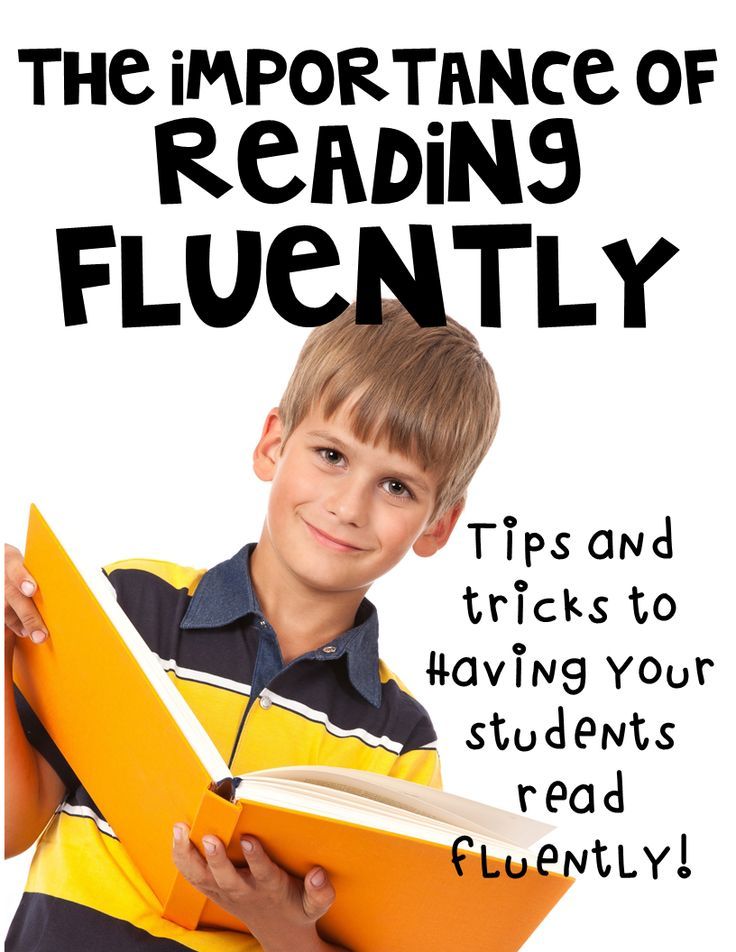 This gives them a chance to listen to the sentence being read and also practice reading it themselves. This exercise can especially help with expression.
This gives them a chance to listen to the sentence being read and also practice reading it themselves. This exercise can especially help with expression. - Build phonemic awareness skills– Phonemic awareness skills can help your child with their accuracy and speed. Play rhyming games and word games that help with recognizing sounds in words. You can even find some reading apps that target improving phonemic awareness.
- Use reading apps– There are a ton of reading apps that are designed to make reading fun for kids. Readability is a great app that helps with improving fluency. The app can help with all three factors of fluency. Readability uses speech-recognition technology to listen to your child read aloud and recognize errors they make then gives them instant feedback. Your child can also listen to the app read the story to them, so they can follow along as they read.
- Reread books– Rereading books is a great way to improve fluency because your child is able to see their progress and how much better they are becoming when they read the same books over and over.
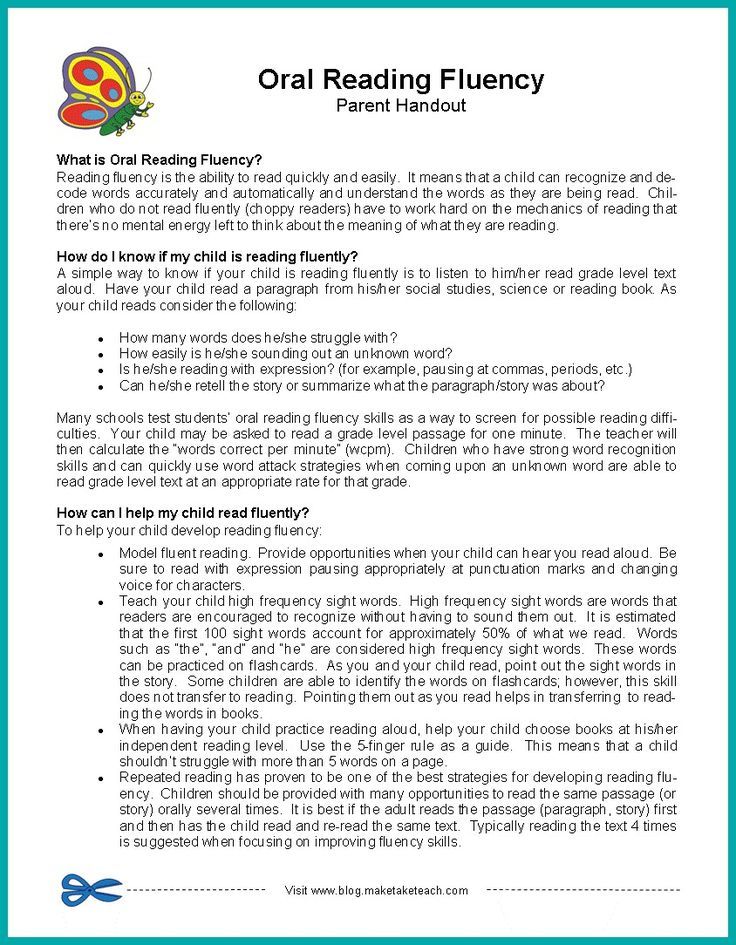 This helps them build their speed and accuracy.
This helps them build their speed and accuracy. - Give them a break – If your child is struggling while reading and getting frustrated, it’s not a bad idea to give them a break. Spending too much time on a text that they are stuck on can end up making them want to give up. Keep reading instruction at home brief and stick to just 20 mins per day of reading instruction. You can give them the option to keep going, read a book independently, or just stop and do something else.
Helping your child to read more fluently is easier than you think, but it does take time. Make sure to make their practice time fun and motivating by playing games or using apps like Readability that makes reading fun and interactive. Using helpful strategies frequently can help them learn to read more fluently.
When Should a Child Be Able to Read?
Reading might be the most important academic skill a child acquires in primary school, and the “key” to opening any number of academic and career opportunities.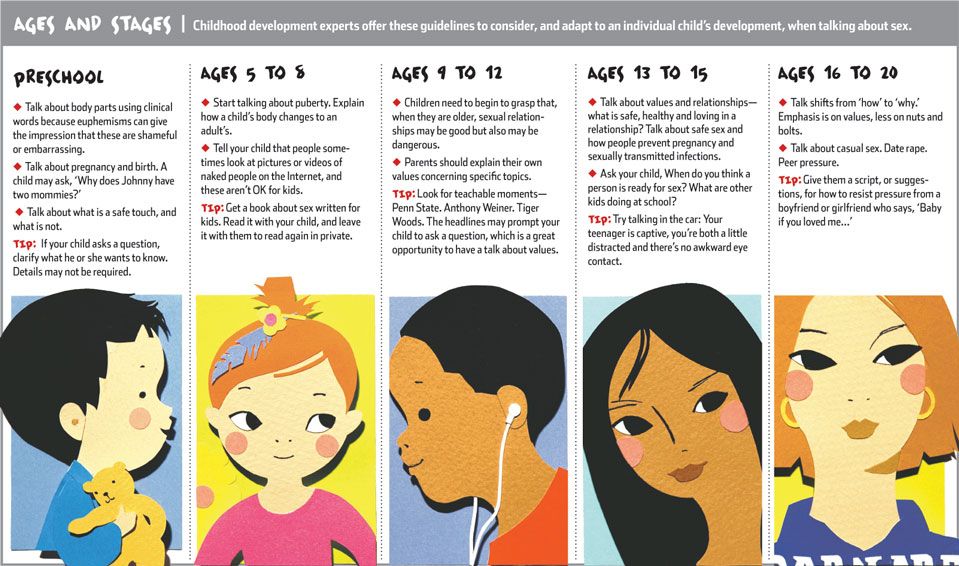 It’s no wonder average reading age is a much-googled topic;
success in reading is known to predict academic success in general.
It’s no wonder average reading age is a much-googled topic;
success in reading is known to predict academic success in general.
Should a child be able to read by the time they finish kindergarten and enter grade one? What if they’re not interested or – worse – you’re struggling to have them cooperate with reading practice at all?
It’s important to understand that reading is a learned skill which must be taught over time. Identifying which stage your child is currently at in their reading journey can help you support them appropriately and lower expectations that they should be reading independently by the time they enter grade 1, or even grade 2.
On the other hand, acknowledging that your child’s reading is not progressing at an appropriate pace can be the first step in seeking the literacy support your child needs to get their academic trajectory back on track.
The average age of reading fluency isn’t an age at all but a range.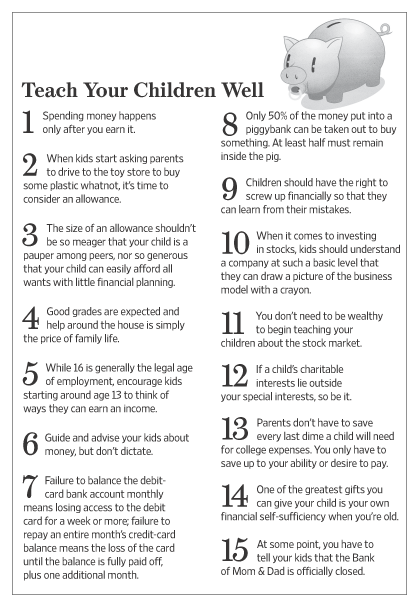 By around grades 2 to 3, most children are beginning to read independently and acquiring fluency.
By around grades 2 to 3, most children are beginning to read independently and acquiring fluency.
What’s important to understand is that reading fluently is a stage of skill development which must be preceded by earlier stages of pre-reading and learning to decode language. A child does not simply learn to read at a pre-determined developmental stage like they might learn to walk or learn to grip a crayon.
Renowned reading expert Jeanne Chall was a pioneering researcher and phonics advocate, who founded and led the Harvard Reading Laboratory from 1967 to 1991. In 1995, Chall defined six stages of development in a child’s reading journey:
1. Pre-reading (Infancy to Preschool)
Children in this stage are working on oral language development and listening skills.
2. Reading and Decoding (Grades 1-2)
Children in this stage are learning that letters represent sounds and becoming familiar with sound-spelling relationships.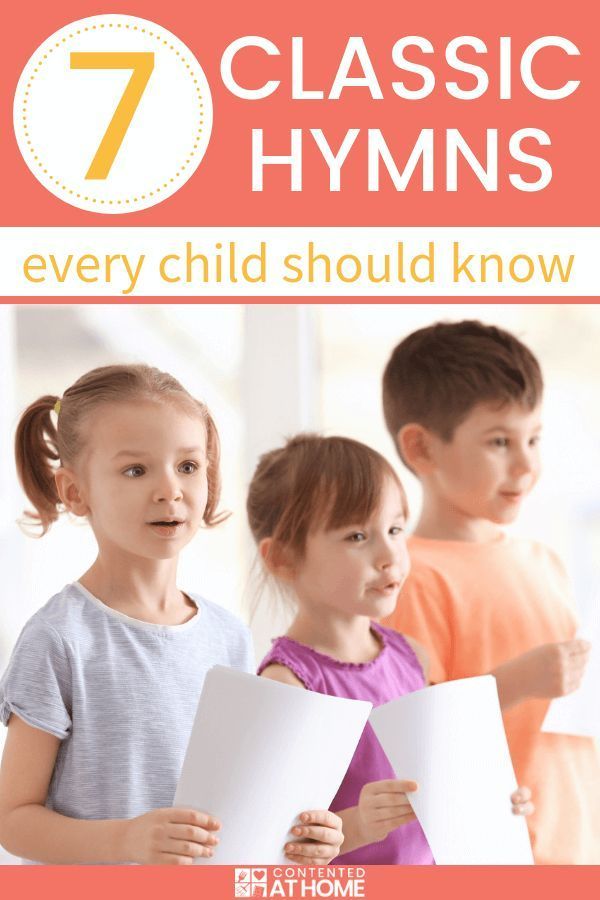
3. Fluency (Grades 2-3)
Children are cementing their decoding skills and additional strategies to read well. Fluency is improving.
4. Reading for New Learning (Grades 4-8)
Children in this stage can now begin reading for enjoyment. They are developing strategic reading habits and using reading as a tool to expand vocabularies and build background and world knowledge.
5. Develop Multiple Viewpoints (High school)
At this stage, the reader can analyze texts critically and understand multiple points of view in a narrative or text. Reading for education and enjoyment are both pursued.
6. Construction and Reconstruction (Post-secondary to adulthood)
At this highest stage, a reader can take in a large amount of information by reading and then construct their own understanding through analysis and synthesis of what’s read.
Unlike speech and listening skills, children must be taught to read. As parents of multiple kids will know, this can happen anywhere between about ages 4 through 7 for most kids. Some may be a bit earlier or later. Some children seem to be natural readers who pick up the mechanics of decoding language easily and begin reading for pleasure at a young age.
As parents of multiple kids will know, this can happen anywhere between about ages 4 through 7 for most kids. Some may be a bit earlier or later. Some children seem to be natural readers who pick up the mechanics of decoding language easily and begin reading for pleasure at a young age.
Other children might struggle with reading and feel frustrated if they’re not “measuring up.” It’s understandable that a parent might worry about a child being left behind when reading fundamentals don’t seem to be progressing as quickly as they are for their peers. Academic and even behavioural complications can arise when reading expectations seem out of reach.
According to Carol Leroy, director of the Reading and Language Centre at the University of Alberta: “Around grade two or three, they start to become really conscious of their reading—they can lose their confidence, stop taking risks, become afraid of being teased… That’s where we start to get behaviour issues; some kids will withdraw or stir up trouble to avoid reading, because it’s so painful for them. ”
”
As your child grows and encounters more complex academic matter and a greater variety of subjects and vocabulary, reading skills are not just essential, they may be predictive of future academic success.
Reading researcher Keith Stanovich first used the term “Matthew Effect” in 1986 to refer to the tendency of poor readers to continue struggling academically over time. This “rich get richer, poor get poorer” reference to the biblical book of Matthew sums up the evidence of reading research: competent early readers will tend to accumulate more and superior reading and academic knowledge than peers who struggle to read in primary grades.
Whether it’s a novel, a history textbook or a set of instructions for a science project, reading is a fundamental requisite for any number of academic and career paths.
The best possible start in reading can make a world of difference for your child’s relationship with reading and attitudes toward school. Give young readers the skills and time they need to acquire the building blocks of successful reading. At the same time, stay alert for behavioural resistance which might indicate your child is feeling stressed about reading and requiring some support.
Give young readers the skills and time they need to acquire the building blocks of successful reading. At the same time, stay alert for behavioural resistance which might indicate your child is feeling stressed about reading and requiring some support.
If you’re concerned your child may be falling behind due to difficulty reading, our in-depth Functional Literacy Assessments can help you advocate for your child’s unique needs at school.
At what age did your child finally learn to read independently? Did your children learn to read at different ages? Share below!
At what age did your children begin to read fluently?
- Forum
- Archive
- Schools, Olympiads, Universities
At what age did your children start reading fluently?
What is the normal reading speed for a first grader?
Really fluent, with intonation, pauses, started reading exactly at 6.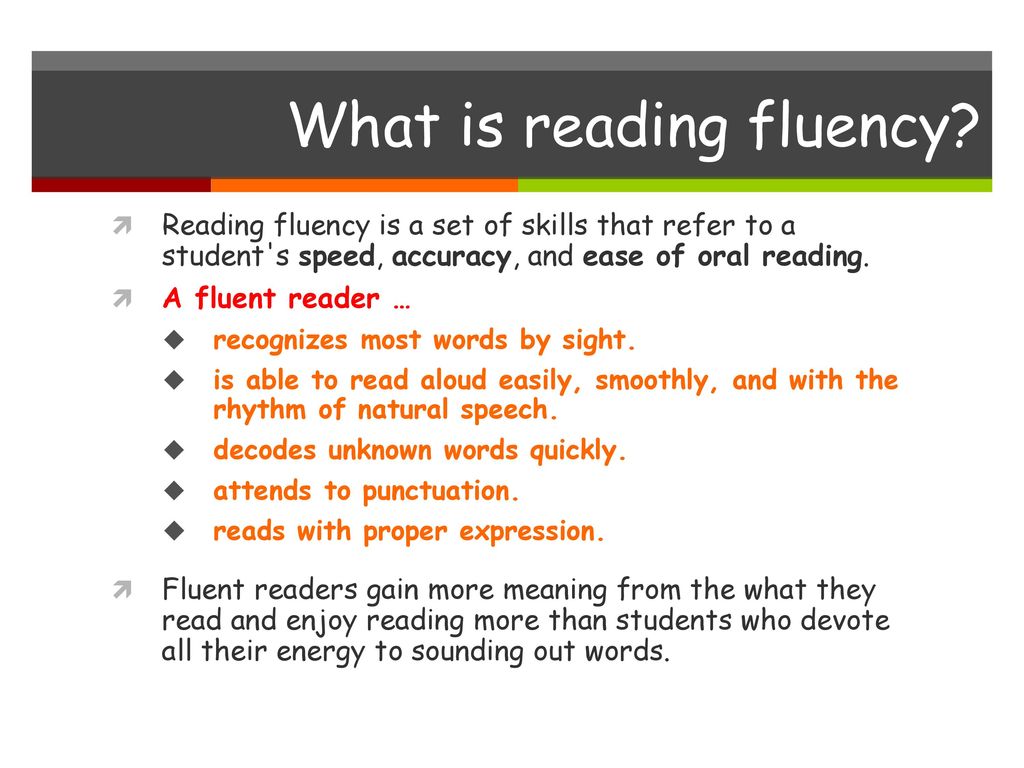
Fluent - in the middle or end of the first grade. I mean, I read it the way I read it. How many words per minute, I can’t say, I didn’t count. But here everything is individual, we have children who had problems with reading even in the 3rd grade. However, children are not stupid. But reading under duress. My daughter has always read a lot.
It seems to me that here it is necessary not so much to chase speed as to quality, so as not to miss words, etc.
And the speed will come with time.
eldest at 8. Son at 5. Youngest at 6.5. Normal speed - I don’t know, but it’s more revealing to measure it now and, say, in six months. And compare.
What is fluent? Not in syllables, with a complete understanding of what was read the first time, with expression, but more slowly than an adult - by the age of 5, the youngest daughter was reading. The eldest - at 5.5-6.
Official reading standards for a first grader can be viewed on the Internet. They are greatly underestimated in my opinion.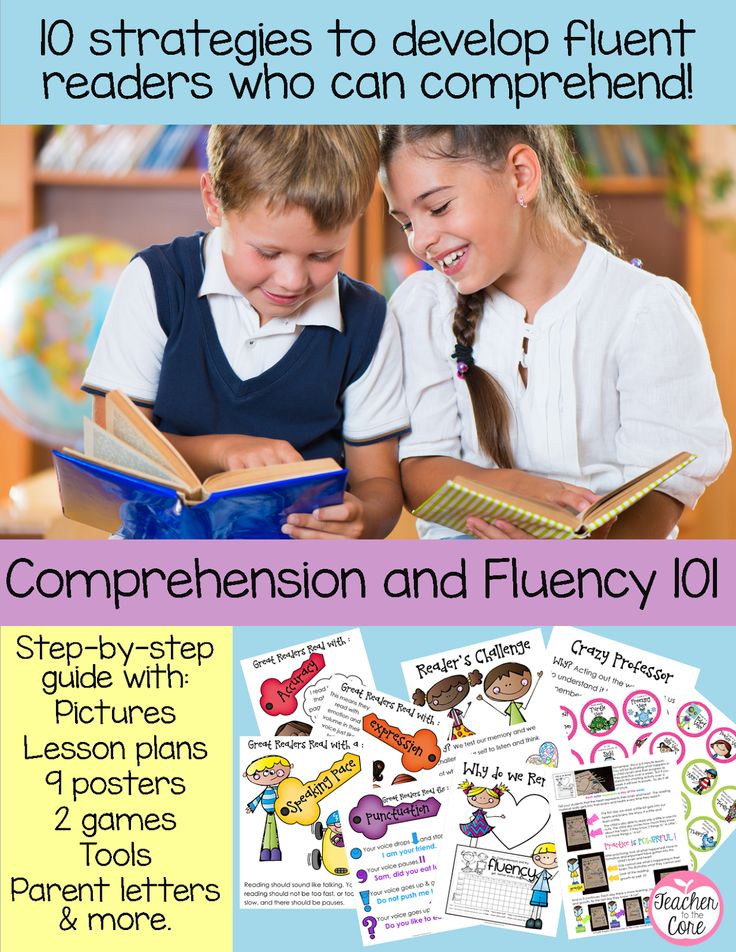
The reading speed with which the first grader will be comfortable, in my opinion, again, from 40 words / min. and higher. On the 1st of September is not necessary, but by about November it is desirable.
The main thing is not speed, but reading comprehension. In our school, reading technique is not checked at all, but they work a lot with the text.
I feel fluently from 70-80 words.
The speed of an adult is about 120 words (out loud).
Norms for grade 1:
40-50 words at the beginning, 50-60 at the end - this is 5
For the next classes, like this.
That is, in accordance with the norms for 5, the child should reach the speed of an adult by the end of the 4th grade, and fluent reading (in my interpretation) - by the end of the second. And it will be great.
According to my surveys, the speed of more than 80 words per minute occurs in 1st grade in 2-3 people in the advanced class.
I found these norms on the Internet for the 1st grade:
Standards for reading speed in the 1st grade
second quarter - less than 10 words - 2 points, 10-15 words - 3 points, 16-20 words - 4 points, more than 20 words - 5 points;
third quarter - less than 20 words - 2 points, 20-25 words - 3 points, 26-35 words - 4 points, more than 35 words - 5 points;
fourth quarter - less than 25 words - 2 points, 25-30 words - 3 points, 31-40 words - 4 points, more than 40 words - 5 points.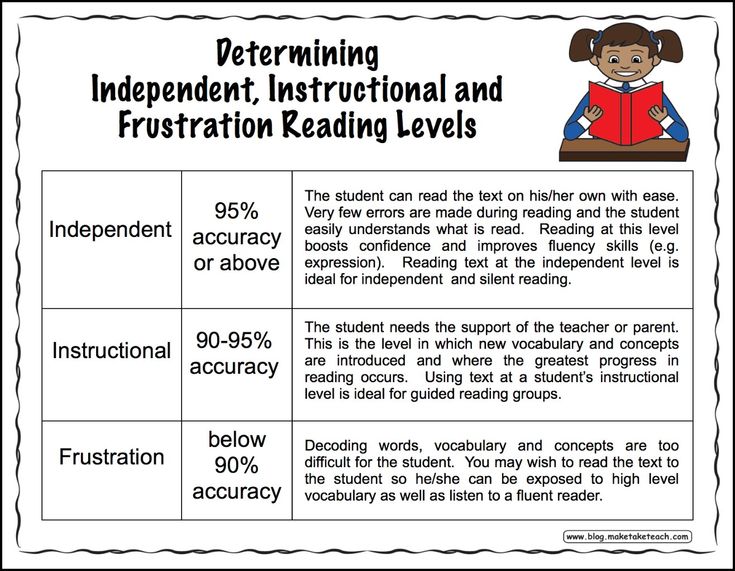
We have the most ordinary, unselected and unadvanced class, reading speed was tested in October. On average, 30-50 words were in children. Much less - in children whose Russian is non-native. More than 80 words per minute - in 2 children. At the same time, the teacher said that everything above 40 is excellent.
Well, going to the first grade, my son could not read, in general, at the end of October he read 35 words, by the end of the first grade - 85 words. Now grade 4 - 117 words technical text, 127 - adapted.
Elana answered you correctly, there are average norms, it is better to focus on them. And why do you need someone else's experience? Moreover, in the same family, he is completely different, the eldest fluently (read about 100 words by the end of grade 1), the youngest now reads almost like this (about 80 words), he is 5 at the end of April.
My son's reading speed was also checked in October (Grade 1). I thought he read badly, at least he does not satisfy me. But I typed 45 words per minute. According to statistics, about 5 people had a reading speed of more than 50 words per minute. 5 people could not read at all, in any way. Well, the average is the most 25-30 words per minute.
I thought he read badly, at least he does not satisfy me. But I typed 45 words per minute. According to statistics, about 5 people had a reading speed of more than 50 words per minute. 5 people could not read at all, in any way. Well, the average is the most 25-30 words per minute.
After six months at school, the children began to read faster, but the big problem of text perception remained. Those. they read mechanically, information is not stored in the head.
So you got confused... Well, my son doesn't read fluently at 6.5, although he started reading earlier, my daughter does. But we bother with the sequence: reading, retelling the one who read and the one to whom they read - I'm more concerned with the ability to comprehend the text and the transmission of thoughts than fluency. Parrots also chat fluently, but do they understand what they are talking about?
Fluently - is it like an adult, when there are no questions about the speed at all, the child reads "for himself"? Then at 7.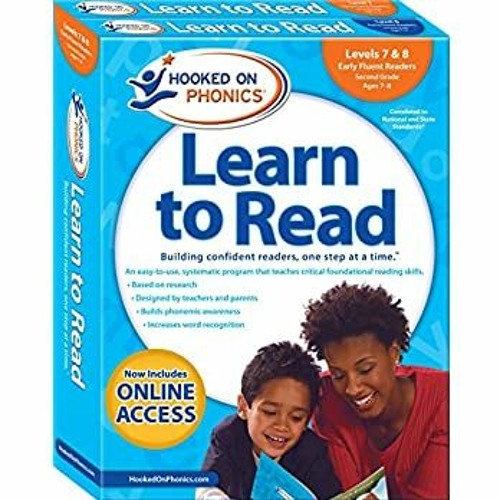 5, between 1st and 2nd grade.
5, between 1st and 2nd grade.
For a first-grader, the speed required by the school you have chosen for him is normal. Ours did not require, but by the end of grade 1, even my child, who had hardly read on September 1, had 40 words per minute.
At age 8, after 1st grade. Don't bother with reading speed.
She didn't know how to read at school, she knew the letters, at the end of November at the meeting she said that my daughter reads best of all and quite fluently.
The eldest - half a year before school, the youngest - the first grade ends, we are all waiting, sir We were engaged in the same way, before school in the sense.
I remember how at the end of the first grade the teacher was talking to the older one. that it would be nice to bring the reading speed to 70 words by the end of summer.
Senior at 6 years old - 90 words per minute, began to add syllables at 4 years old, from 5 to 6 - already read books, encyclopedias.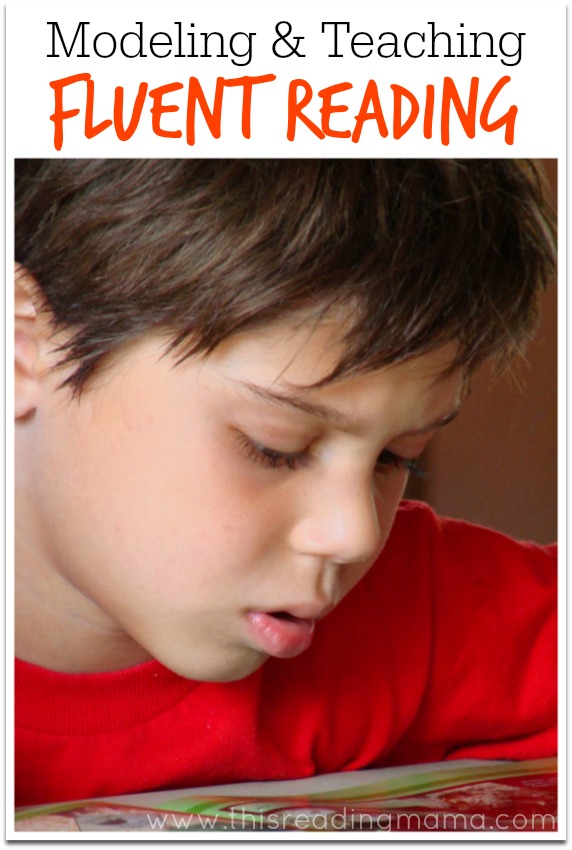 But at the same time, in the account, he was like all children of this age with whom they are engaged, but without any special obvious abilities.
But at the same time, in the account, he was like all children of this age with whom they are engaged, but without any special obvious abilities.
Another son learned to read from the age of 5 to 6 only from a problem book, because He was very fond of solving problems, understood the principle of multiplication and division, but could not stand the primer.)
Both went to school at the age of 6. Then they just switched to the system for 4 years in the beginning. Oh, everyone has already graduated from school, the first one always did better in humanitarian subjects, and the second one - mathematics and physics)))
Recently, she was 5 years old, a girl, she reads quite fluently and a lot (about 40-45 words per minute). Everything he sees, he reads. All workbooks that are close are hers. I did not teach her to read, she herself somehow, according to the alphabet, from the age of 3.
Easy examples for grade 1 in the brother's textbooks decides, she takes it from the shelf and sits down at the textbooks. If I want to help with explanations, he chases me with the words - "you are in the way, I understand everything myself"
If I want to help with explanations, he chases me with the words - "you are in the way, I understand everything myself"
Understands all texts, retells in faces.
To prepare for a school (not at a school, in a children's center) they took with 6-year-olds after an interview in September, they themselves offered. She was 4 years 8 months old at the time... Some are even going to school this year from her preparation group.
I don't know what to do with it..
Be happy and urgently go in for sports. Because the child will cope with studies without your help, but sports in her life may be lacking because of her studies.
And find a decent school, preferably with selection. But 2 years later...
The son began to read well, not in syllables, and observing punctuation at 4.5 years old. The middle child started reading only in the 1st grade. Now 2 is finishing, but reading everything syllable by syllable ((
The elder is 5, the younger 6. 5 still does not read fluently.
5 still does not read fluently.
Agree, very desirable.
Believe me, there is absolutely nothing here with which you have to do something. Well, except to rejoice, as Elana wrote, yes. )
My child began to read only at the age of 7, they went to the training for a year and only towards the end he learned, just turned 7 in the spring. Now we are in the 5th grade, so he tells me that some of their children still read slowly.
My younger brother also began to show abilities very early, and since we have a difference of 7 years, I remember very well. At 4.5 years old, he read, wrote in block letters, memorized a lot - children's books, records (such as the Three Musketeers) knew all the text and songs by heart. I went to school at the age of 6 (I was born in April), then I skipped another class, finished school at the age of 15 and entered the Fiztekh. They didn’t even hear about any developmental courses at that time, the parents took the tutor from Moscow State University in 10th grade, and after a few lessons he said that his services were not needed. This is a great happiness when a child has a gene of "craving for knowledge", I don’t know how to call it more precisely - so that studying is a pleasure and comes easily.
This is a great happiness when a child has a gene of "craving for knowledge", I don’t know how to call it more precisely - so that studying is a pleasure and comes easily.
Open theme in windows
How and when to teach a child to read
It is difficult to imagine a modern person who is not literate. Moreover, modern requirements for schoolchildren have increased significantly compared to the end of the 20th century. The general trend is that more than 90% of future school students already know how to read . And, if two or three decades ago more than 50% of children were taught to read and write at the school desk, now the responsibility to teach the baby to read and write fell entirely on the parents .
Modern mothers and fathers no longer ask themselves the question: “Should a child be able to read before school?” They all ask themselves a different question: “At what age should you start teaching a child to read?” And when starting the process, parents learn with horror that there are quite a lot of methods that can be used to teach a child to read and write
Even more various "learning material".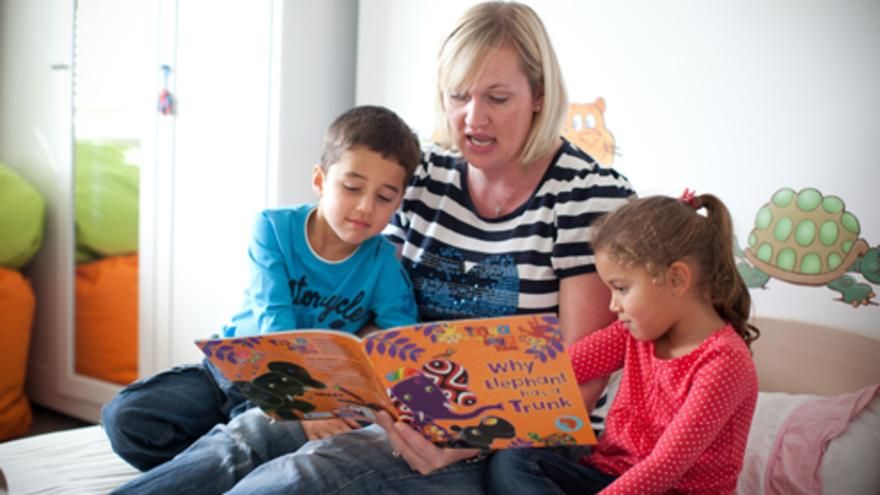 "ABCs" and "Primers" for every taste, workbooks, magazines, toys. It is unlikely that anyone will be able to cover the entire list of goods for the educational process.
"ABCs" and "Primers" for every taste, workbooks, magazines, toys. It is unlikely that anyone will be able to cover the entire list of goods for the educational process.
Let's take a look at the questions that parents face when starting the process of teaching their child to read.
At what age should you start learning to read?
The controversy regarding this issue does not subside. Proponents of early development are of the opinion that a child should be able to read as early as 3 years old. The opposition is made up of parents with "traditional" views, who are of the opinion that at such an early age the baby is not yet ready for learning, and the deadlines must be postponed until he is five or six years old.
However, as already mentioned, most parents agree on one thing - the child must be able to read before school. That is, the age of 7 years can be used as the "deadline" for the start of training. After entering school, the kid willy-nilly will start learning to read and write.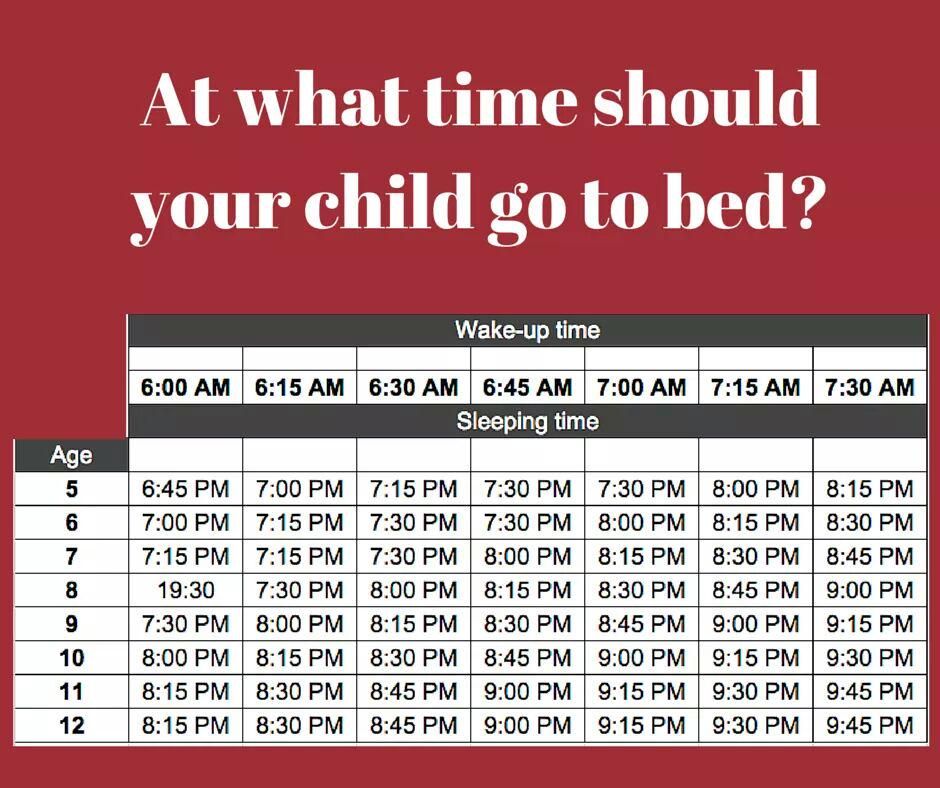
Why before school?
Can teachers require a child entering grade 1 to be able to read? Not really.
There is not a single normative act that states that a child must be able to read before school.
You simply cannot refuse to accept your child to an educational institution due to the inability to read.
However, there is a small nuance: at the end of the first half of the year, children are already tested for reading speed. Depending on the program used at the school, there are two options for requirements: either the kid must read at least 10-15 words per minute, or with a more complex program, at least 20-25 words per minute. At the end of the school year, the child should double this indicator.
Parents who have already tried to teach their child to read understand that it is quite difficult to achieve even the lowest rates in six months, and so that the first grader does not have problems and feelings of insecurity, it is advisable to start teaching reading at least a year before the expected entry into school.
Thus, the realistically estimated "upper limit" of the beginning of learning to read "shifts" to 6 years for children who start school at the age of seven and to 5 years for those who plan to enter an educational institution earlier.
"Ideal age" in the traditional system and methods of early development
By the way, child psychologists call the age of about 4-5 years as the "ideal" age to start learning. By this moment, the child already speaks quite well, but still has an interest in new words, remembers them easily, tries to experiment, learning to read is easier for such a kid than for a 6-7 year old child.
However, it is worth mentioning that in this case we are talking about "traditional" methods of teaching reading. And in relation to them, there are clear requirements regarding the "lower limit".
How do you know if a child is ready to read?
So, teaching a child according to the traditional method should not be started before the baby is ready.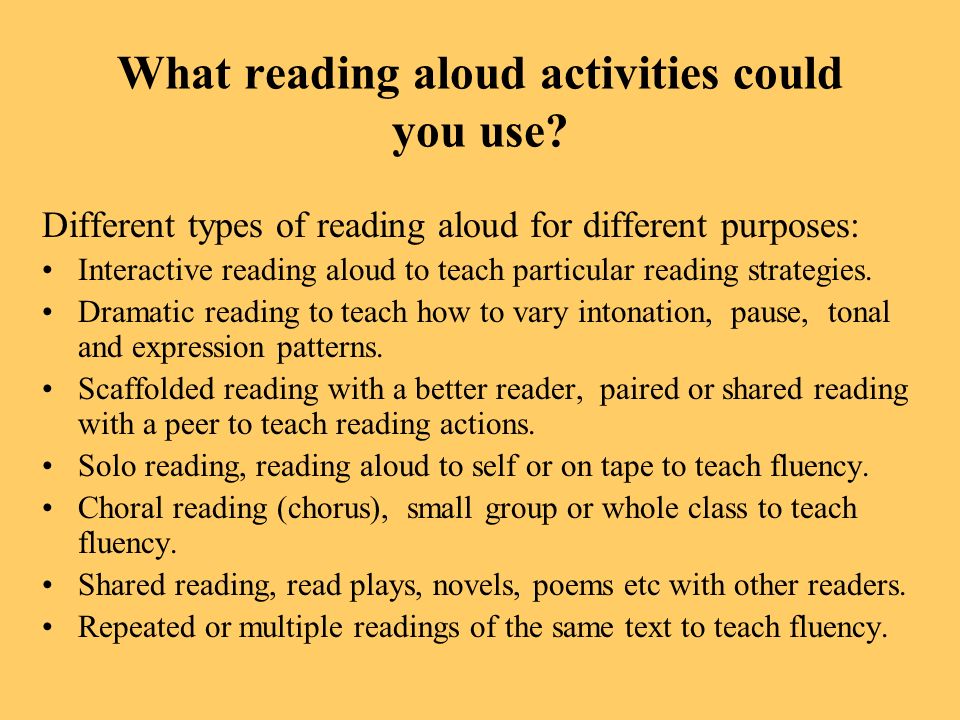 You can determine that it is time to get acquainted with the letters according to the following criteria:
You can determine that it is time to get acquainted with the letters according to the following criteria:
- the baby already speaks well enough;
- pronounces almost all sounds;
- has a decent vocabulary;
- shows interest in words and letters, interested in books.
Thus, it is simply not advisable to teach a child to read by the traditional method until the age of 4. However, this does not mean that the advocates of early development are absolutely wrong.
The fact is that in early learning to read, completely different mechanisms are involved than in the traditional system, and the ability to read becomes as natural a skill as the ability to speak. The disadvantage of this approach is the inability to start at any moment. So, many parents note that literacy training “according to Daman” gives good results only if classes began at the age of one year or earlier.
What do parents need to know before teaching their child to read?
Before you start teaching your baby to read, you should determine for yourself what is paramount: directly teaching the child to read or the early development of the crumbs, within which acquaintance with literacy will take place.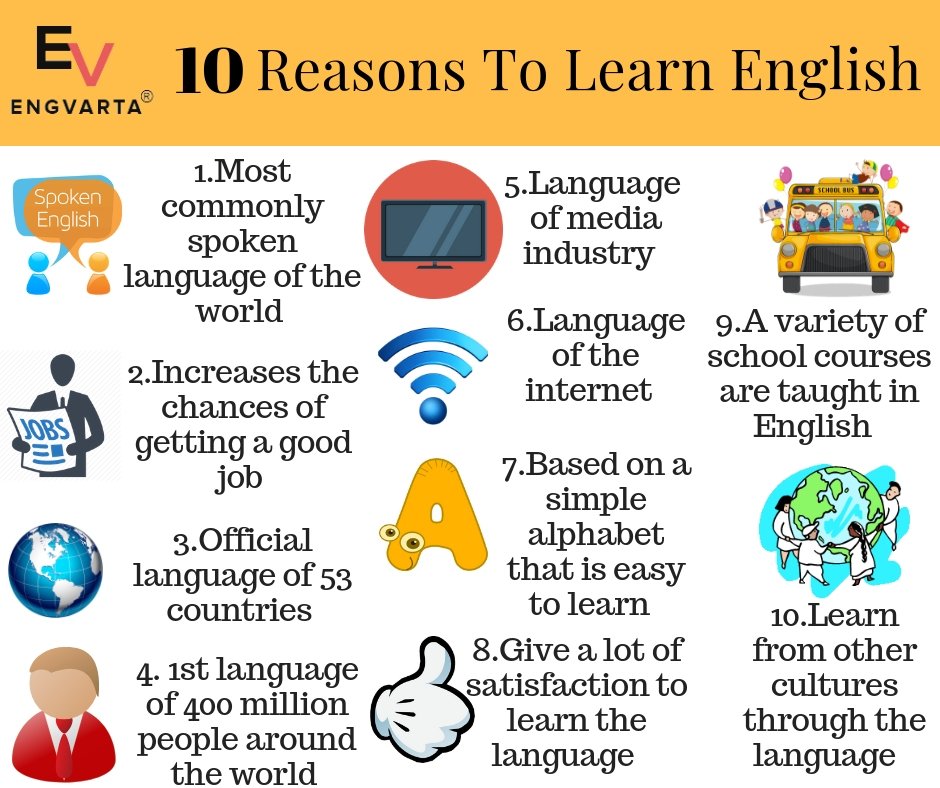 The chosen method will depend on this.
The chosen method will depend on this.
In addition, it is necessary to have a clear idea of the end result. After all, the ability to read is a fairly general concept. Even adults read at different speeds, out loud and to themselves. And their level of perception also differs.
Focus on school requirements
When teaching reading, it is advisable to proceed from those requirements that already apply at school. Depending on how the set goals are achieved, adjustments will be made to the learning process.
So, in order to study effectively at school by the age of 6-7, a child must be able to hear and name the sounds that make up the word. Alas, the modern school curriculum uses the phonetic method, and children after early development methods will still need some period of "adaptation" before the first grade.
For the same reason, study the letters, whenever it happens, and whatever the technique prescribes, not by their full name ("be", "ve", ge"), but by the corresponding sound.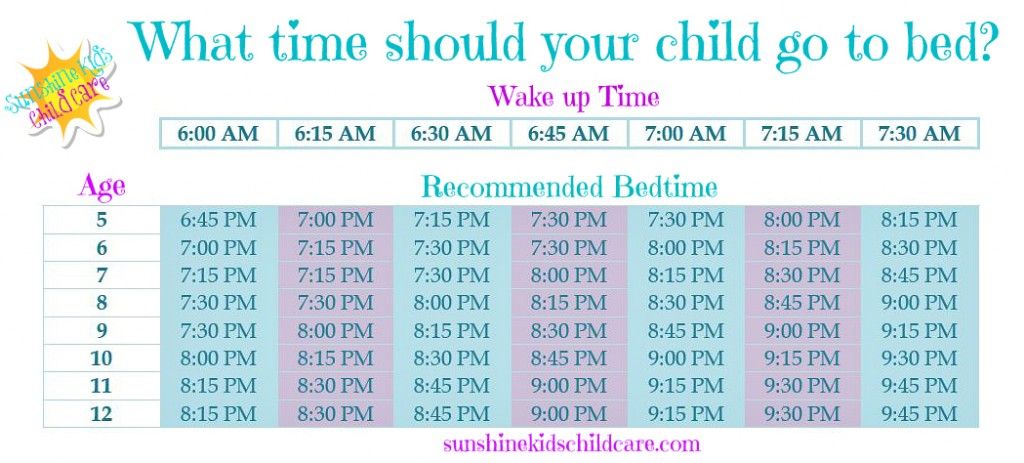 So the baby will be easier given phonetics and letter-by-letter reading.
So the baby will be easier given phonetics and letter-by-letter reading.
Regardless of the technique used, as soon as the baby begins to read mechanically enough fluently, it is worth moving on to the next stage: understanding the meaning of what has been read. At first, you can reread the text after the child and ask questions, and when the child himself begins to read smoothly enough, ask him to find answers in the text and even retell.
Make learning as easy as possible
Move from simple to complex. If the traditional teaching method is chosen, then it is worth starting with vowels. They are easier for children and easier to remember. Such letters can be sung so that the child can quickly and effortlessly master them.
When the vowels are mastered, begin to gradually get acquainted with the consonants, while moving on to syllables with the sound already passed. So by the time the study of the alphabet is completed, the child will already be able to put letters into syllables and even understand the principle of composing such simple words as “mom” and “dad”.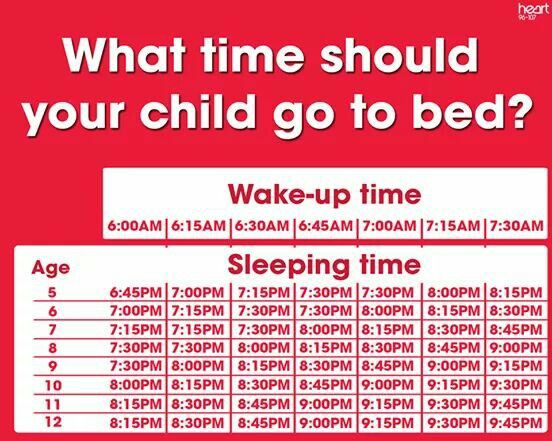
When starting to read by syllables, it is advisable to select texts consisting of short sentences with small two-syllable words, for example: “porridge”, “tire”, “mother”.
When the kid gets used to such tasks, it's time to move on to more complex texts. They may contain polysyllabic words, difficult to pronounce combination of sounds and hissing letters. It is necessary to start reading poetry no earlier than the child begins to read almost whole words.
Adjust benefits according to child's age
You can buy a wonderful "Primer" developed by leading teachers, but if the child is simply not old enough to sit with a textbook and methodically add syllables, the book will remain on the shelf.
If the baby is not yet 5 years old, the primer will probably not be needed at all. It is better to use cubes, cards and just letters from various materials.
How to choose "Azbuka"?
With enough "textbooks" you can even do without the "ABC".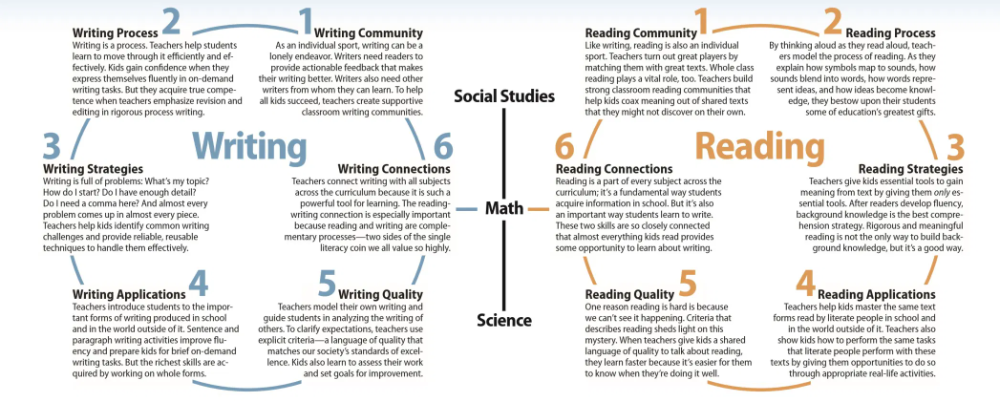 If you decide to buy it, also be guided by the age of the child:
If you decide to buy it, also be guided by the age of the child:
- For a young child (2-3 years old) it is advisable to choose a book without pictures. It is still very difficult for such a baby to concentrate, so the drawings are more likely to be distracting. Enough large image of letters. It is worth paying attention to the spelling of letters: they should not contain unnecessary distracting elements. For the same reason, it is better for such a crumb to select books without associations unfamiliar to him.
- For a child of 3-4 years old, the ABC is well suited, which allows you to use associative thinking. At this age, it is still quite difficult to compare the sound of a word with certain objects (for example, “b” is a drum, “p” is a pie). Learning will go much easier if he associates letters with already familiar objects according to their outline (for example, the letter “d” with a house, the letter “p” with a gate).
- Children 5-6 years old, on the contrary, are already easily given phonetic forms.
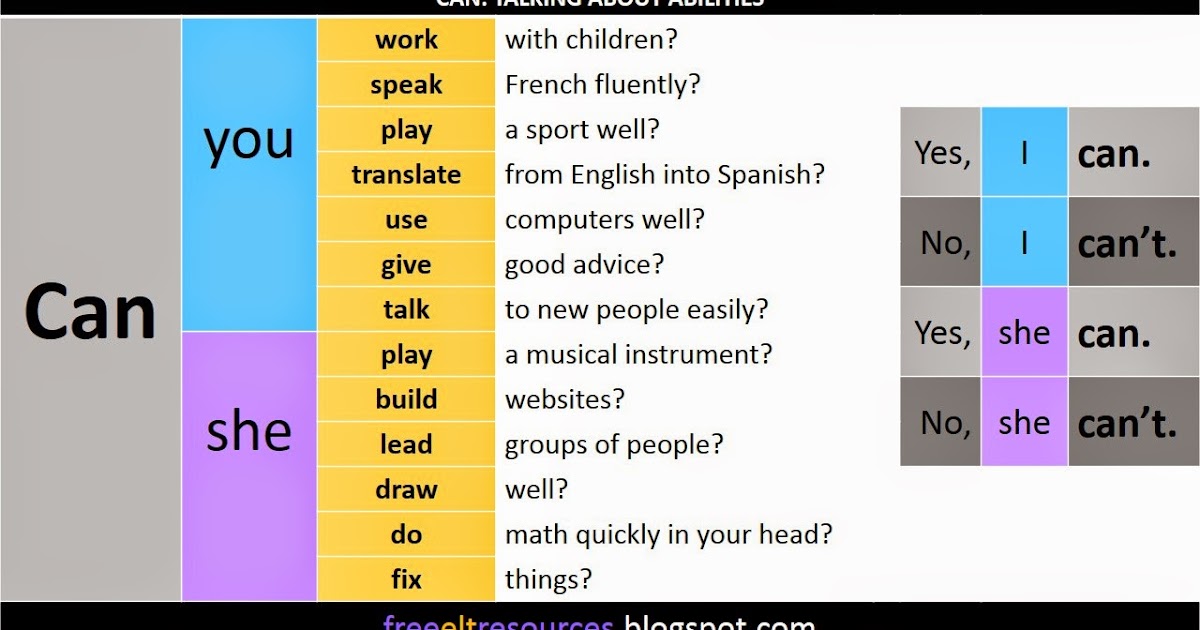 In addition, in kindergarten, it is by this age that educators during classes begin to bias in favor of the phonetic analysis of the word, and the ABC can be used accordingly.
In addition, in kindergarten, it is by this age that educators during classes begin to bias in favor of the phonetic analysis of the word, and the ABC can be used accordingly.
How to make learning to read fun?
From our school years, the postulate has been deposited in our heads: “study is also work.” It requires perseverance, attention and perseverance. Therefore, one of the main mistakes of parents when teaching a baby is the attitude to the process as a duty, both one's own and the child's.
Save your baby from obligations. The preschooler is not ready for this yet, he wants to play, he learns everything through the game. And the obligation of "lessons" will discourage him from any desire to read in the future. You, on the other hand, need to instill in him a love of reading, or at least not cause associations: "a book is a boring duty."
Here are a few tips that will help not only teach your baby to read, but also instill in him a love for the printed word:
- Do not impose a specific “learning program” on your baby.
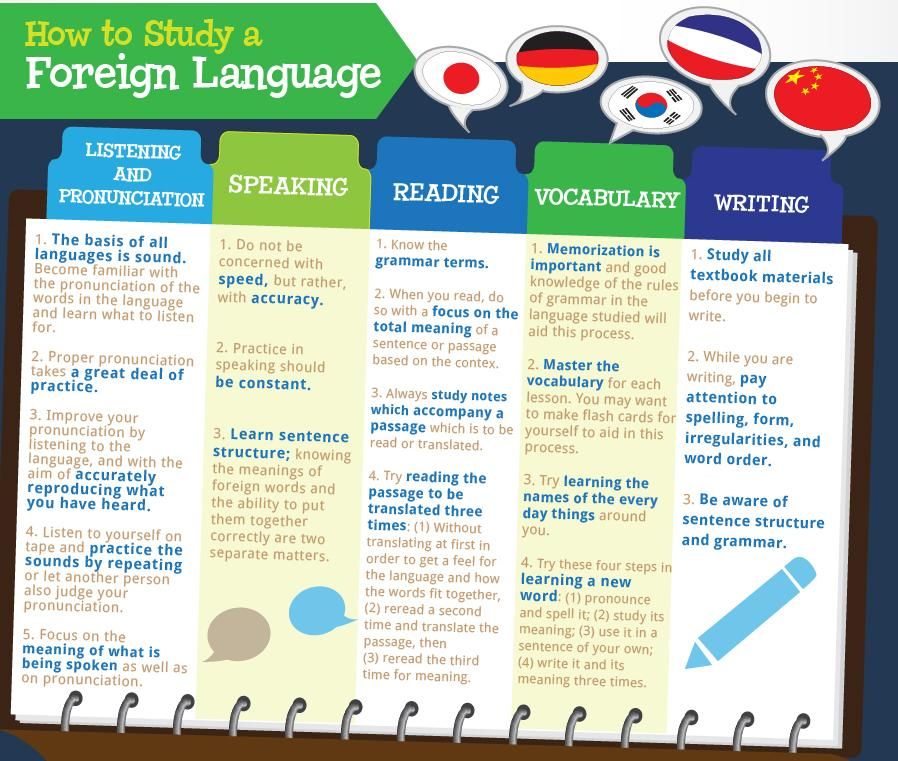 Now this is a game, and in the course of the game, as you know, the rules can be changed. Offer your baby a variety of activities with letters and words and observe which ones he likes.
Now this is a game, and in the course of the game, as you know, the rules can be changed. Offer your baby a variety of activities with letters and words and observe which ones he likes. - Vary aids and games according to the age of the baby.
- Whatever the chosen technique suggests, try to use all the organs of perception of the baby as much as possible. The way the baby draws letters, sculpts them, listens and sings, puts them out of the mosaic and just sees around. This will facilitate the memorization process and allow you to diversify the games.
- If the child refuses to study, do not insist. You don't force him to play ball or catch up. Return to learning when the baby shows interest again.
- Buy paper trash. Not always what seems interesting to an adult captivates a child. Modern children watch completely different cartoons, they have their own favorite characters, different from adult values. If the baby asks to buy a children's magazine - do not refuse him.

Learn more



